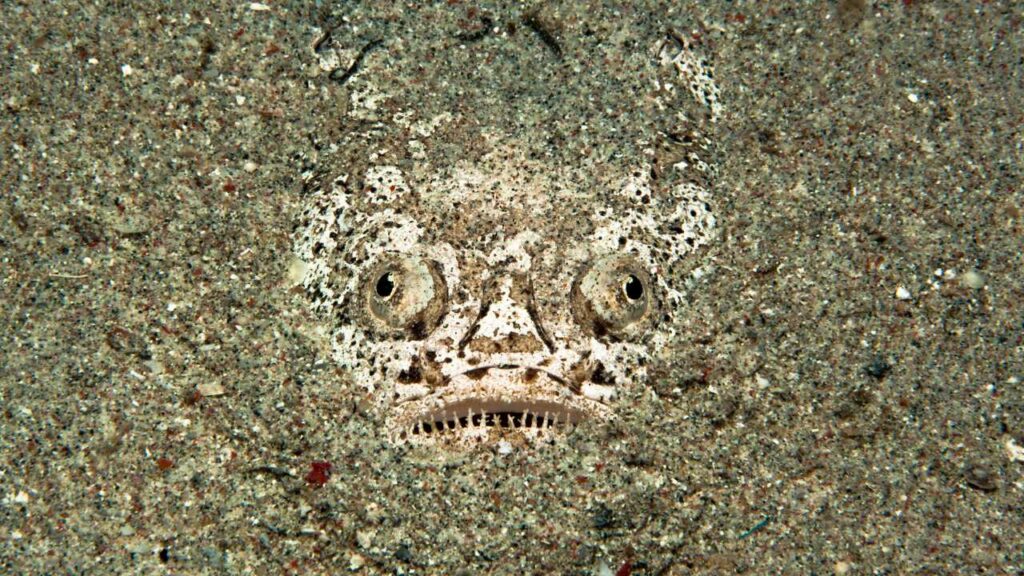Have you ever wondered if there are fish that can generate electricity? It may sound like something out of a science fiction movie, but it’s actually true! In this article, we’ll explore 12 fascinating fish species that have the incredible ability to produce electric currents.
Electric Eel (Electrophorus electricus)
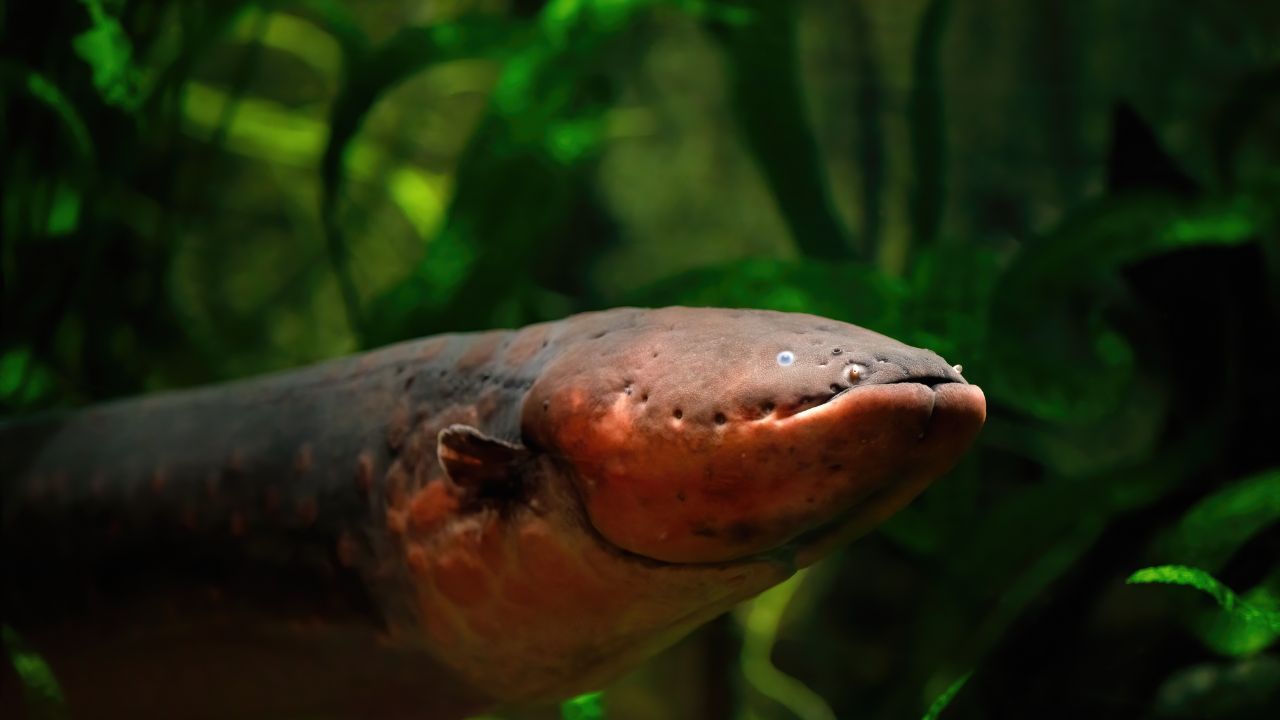
The electric eel is perhaps the most well-known electric fish. Despite its name, it’s not actually an eel, but rather a type of knifefish. These fish can generate up to 860 volts of electricity, which they use to stun prey and defend themselves from predators.
Black Ghost Knifefish (Apteronotus albifrons)
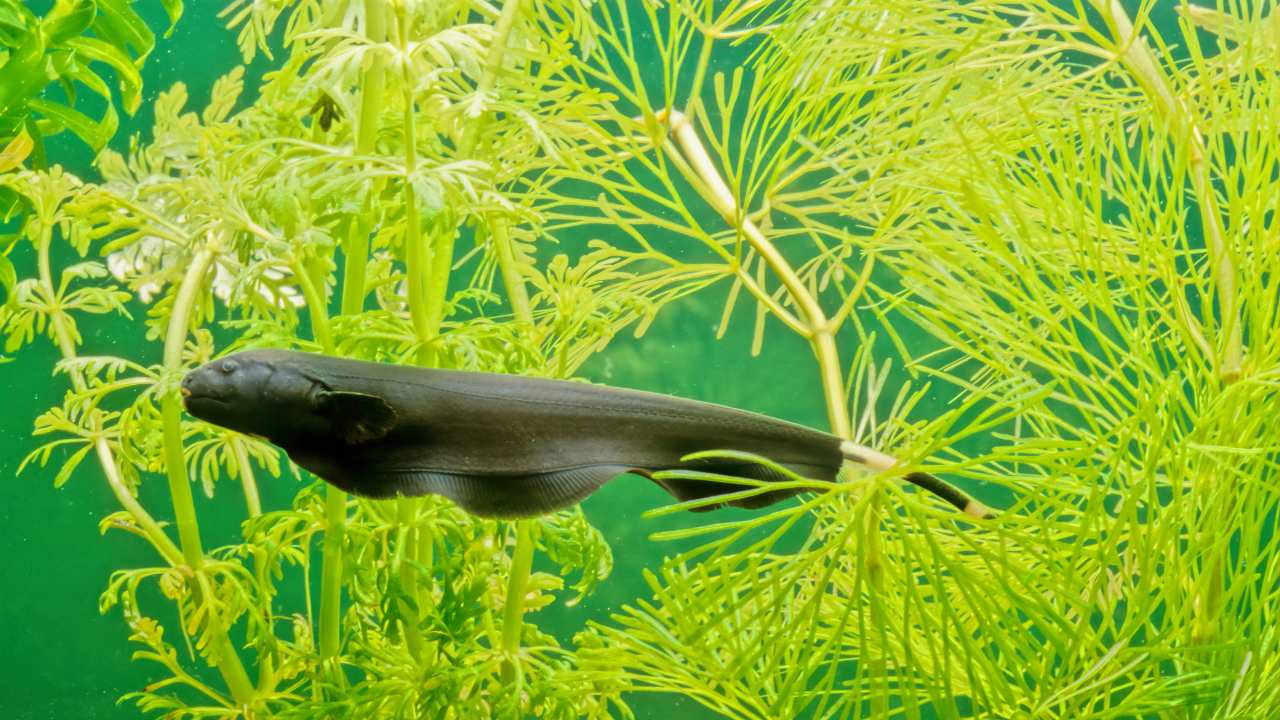
This nocturnal fish from South America can generate weak electric fields to navigate and locate prey in the dark. The black ghost knifefish has a long, thin body and can grow up to 20 inches in length.
Elephant Nose Fish (Gnathonemus petersii)
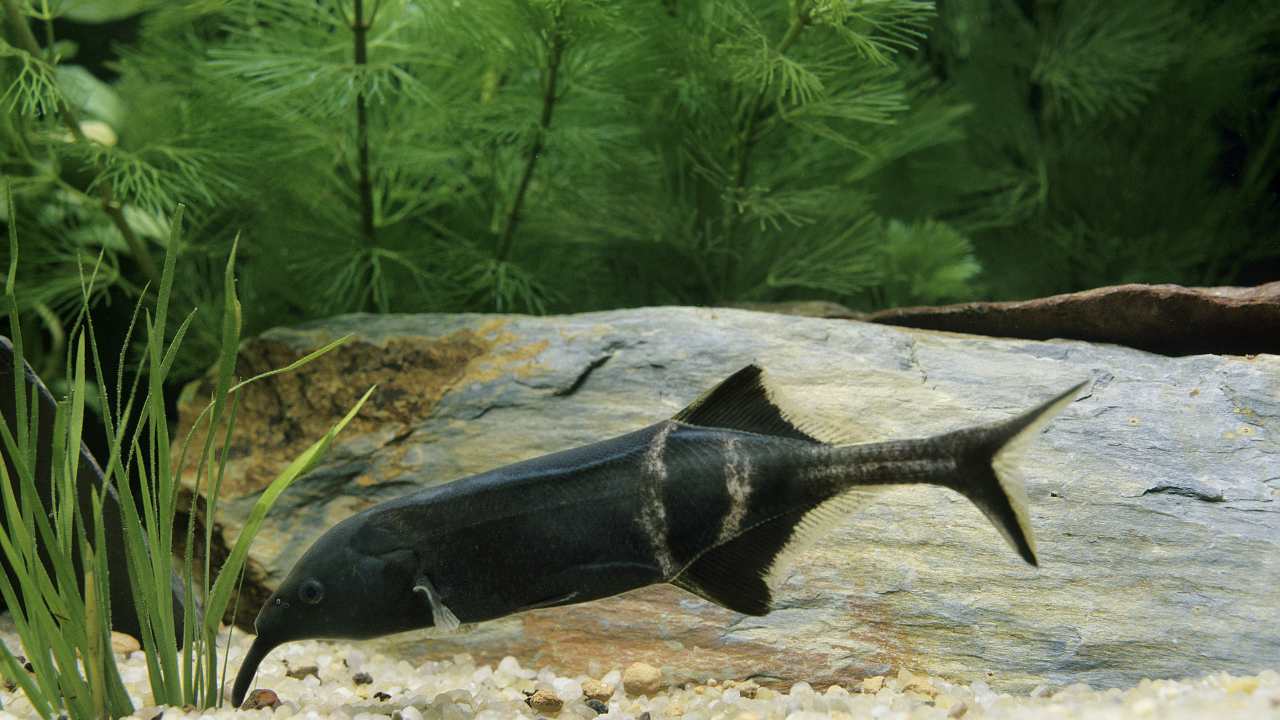
Native to West and Central Africa, the elephant nose fish gets its name from its elongated, trunk-like lower jaw. This fish can generate weak electrical pulses to navigate, communicate, and find food in murky waters.
Electric Catfish (Malapterurus electricus)
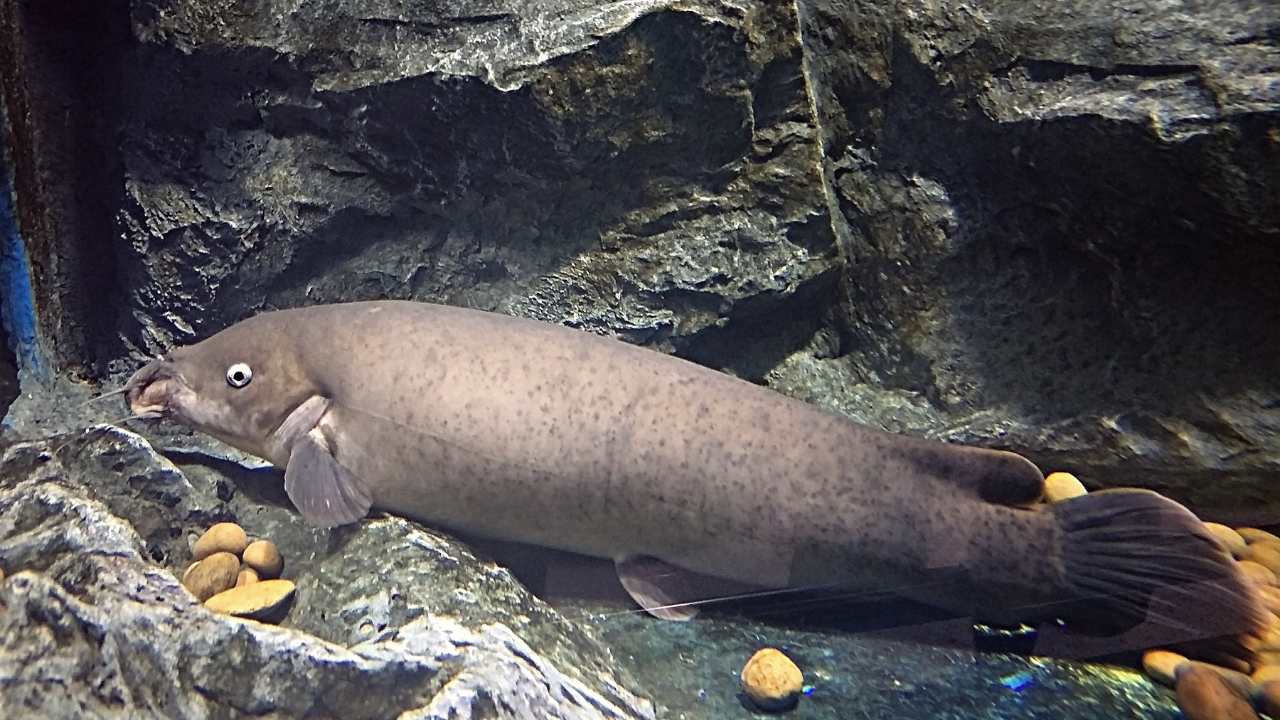
Found in the Nile River and other parts of Africa, the electric catfish can generate up to 350 volts of electricity. This fish uses its electrical abilities to stun prey and deter predators.
Banded Knifefish (Gymnotus carapo)
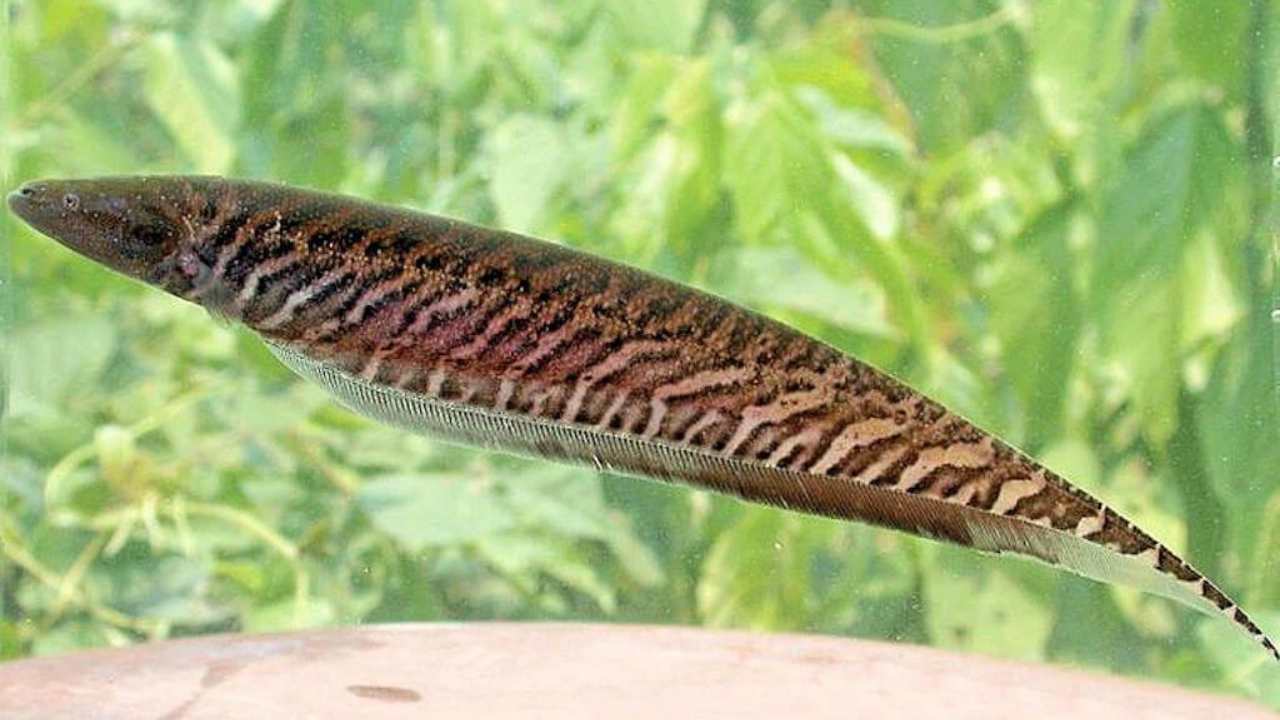
This South American fish can generate weak electrical fields for navigation and communication. The banded knifefish has a long, blade-like body and can grow up to 4 feet in length.
Electric Ray (Torpedo californica)
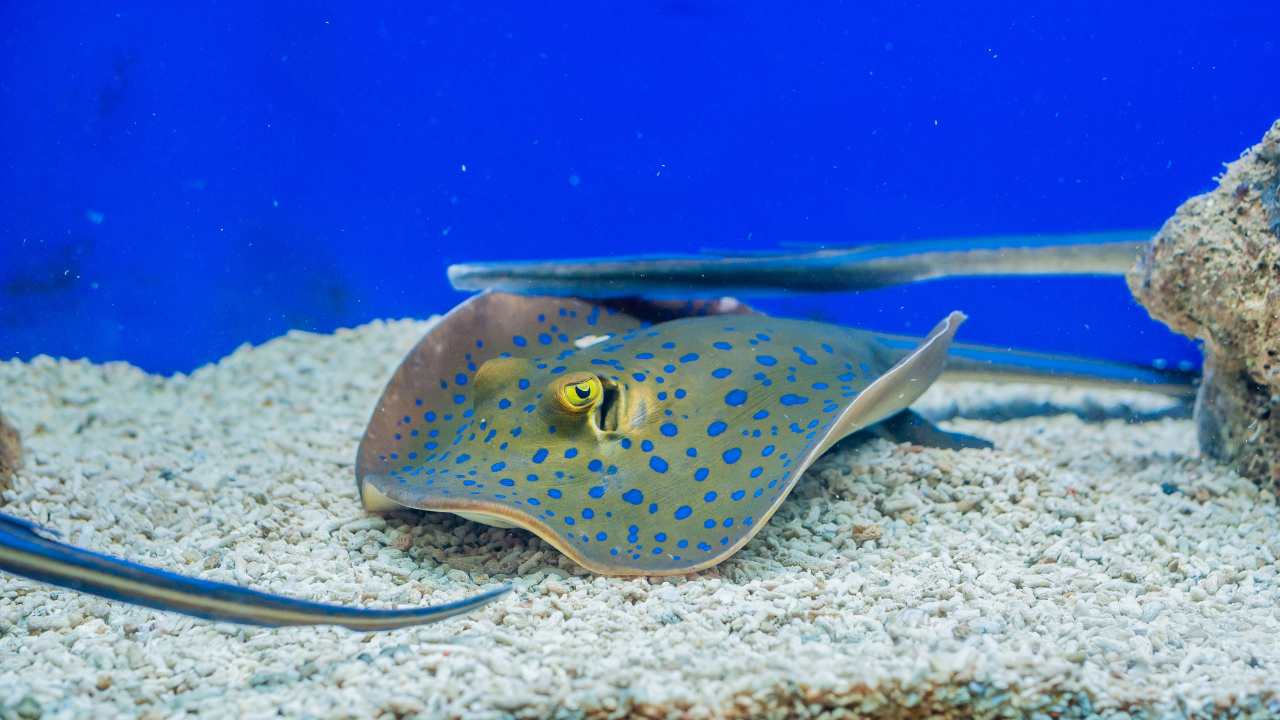
Also known as the Pacific electric ray, this fish can generate up to 45 volts of electricity. Electric rays use their electrical abilities to stun prey and for self-defense.
Stargazer (Astroscopus guttatus)
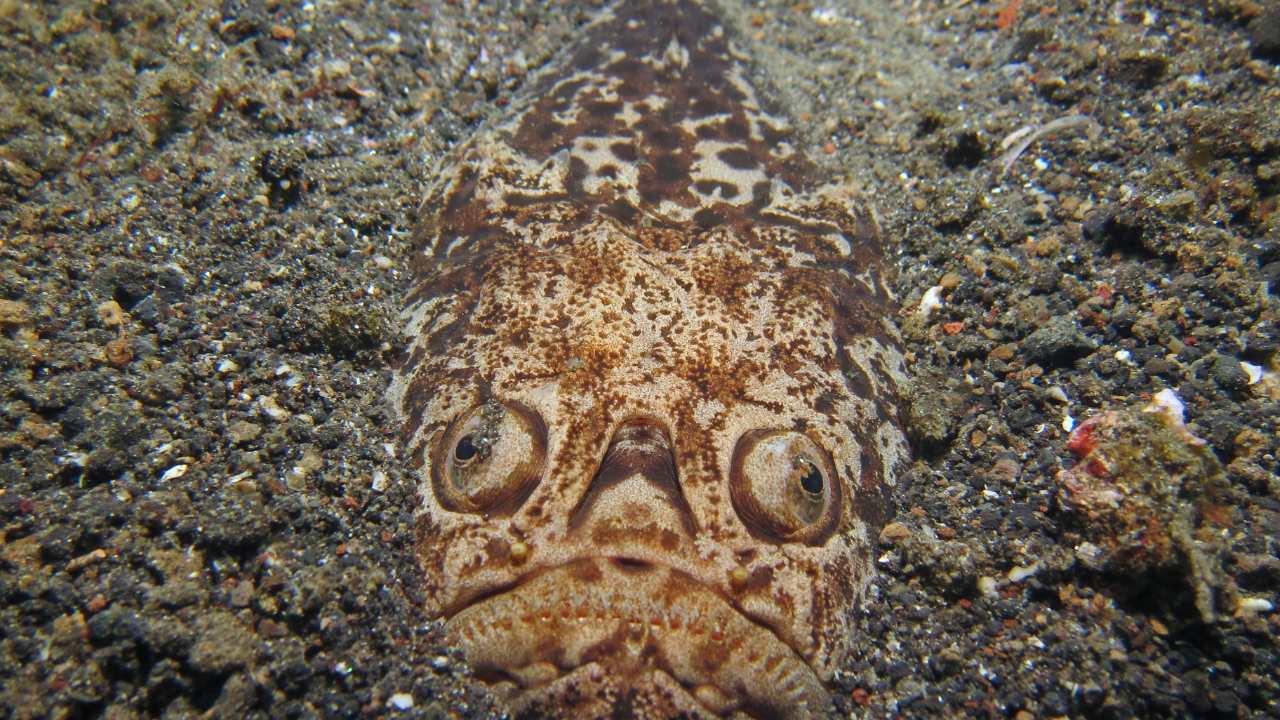
Found in the western Atlantic Ocean, the stargazer has the ability to generate up to 50 volts of electricity. This bottom-dwelling fish uses its electrical abilities to stun prey and for self-defense.
Peters’ Elephantnose Fish (Gnathonemus longibarbis)
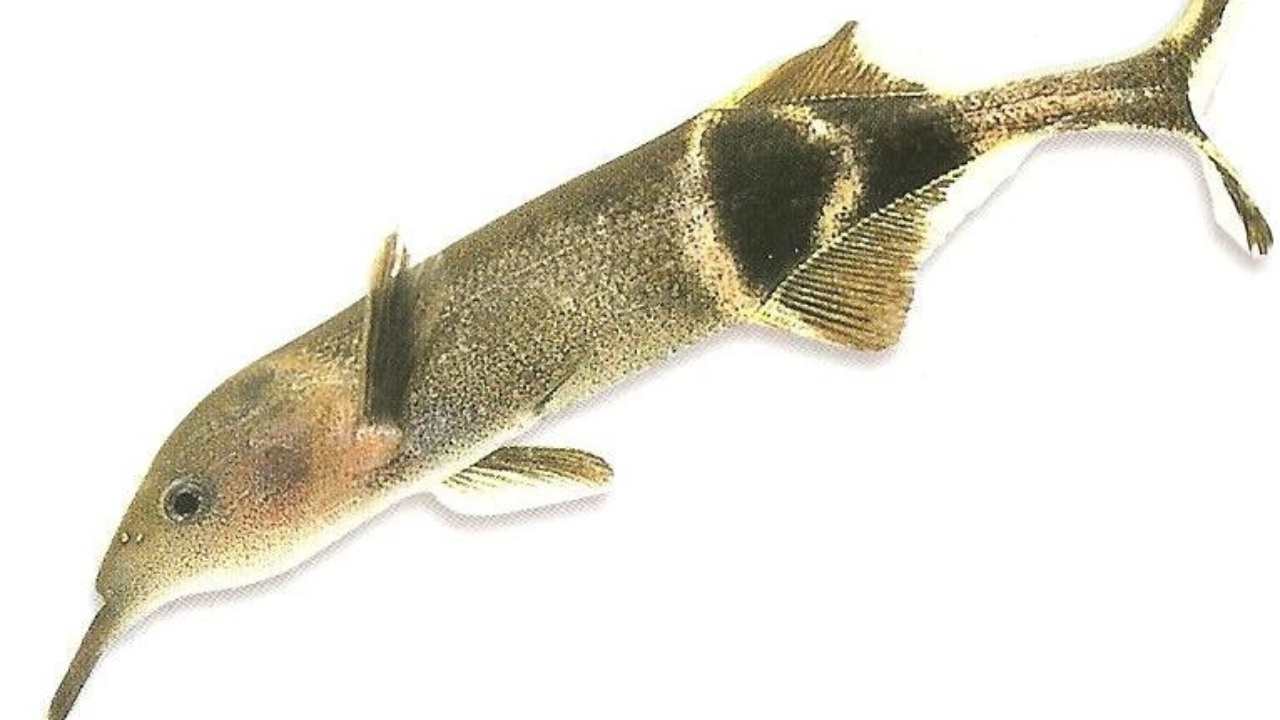
Similar to the elephant nose fish, Peters’ elephantnose fish can generate weak electrical pulses for navigation and communication. This fish is found in the Congo River Basin of Central Africa.
Electric Knifefish (Eigenmannia virescens)
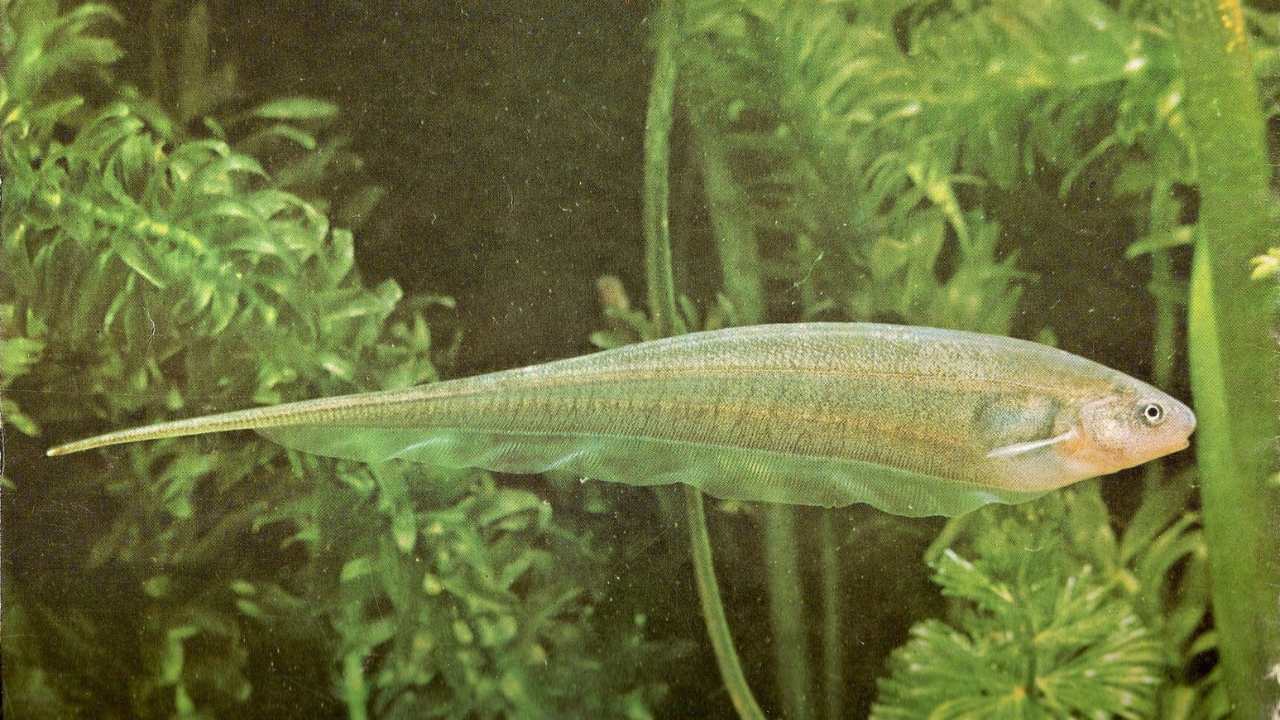
Native to South America, the electric knifefish can generate weak electrical fields for navigation and communication. This fish has a long, ribbon-like body and can grow up to 16 inches in length.
Nile Mormyrid (Mormyrops anguilloides)

Found in the Nile River and other parts of Africa, the Nile mormyrid can generate weak electrical pulses for navigation and communication. This fish has a long, eel-like body and can grow up to 4 feet in length.
Frankenstein’s Catfish (Malapterurus leonensis)
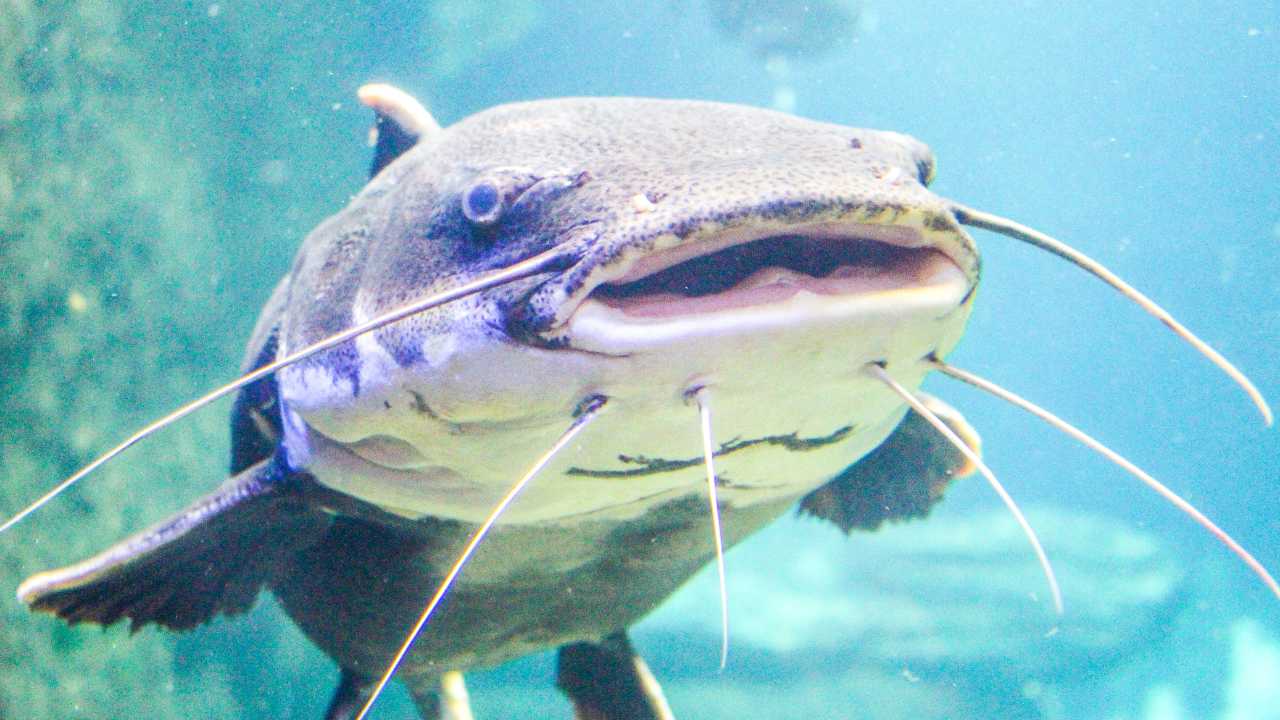
Named after the famous fictional character, Frankenstein’s catfish can generate up to 350 volts of electricity. This fish is found in the rivers of Western Africa and uses its electrical abilities for self-defense and to stun prey.
Electric Whiptail Catfish (Rhamphichthys rostratus)
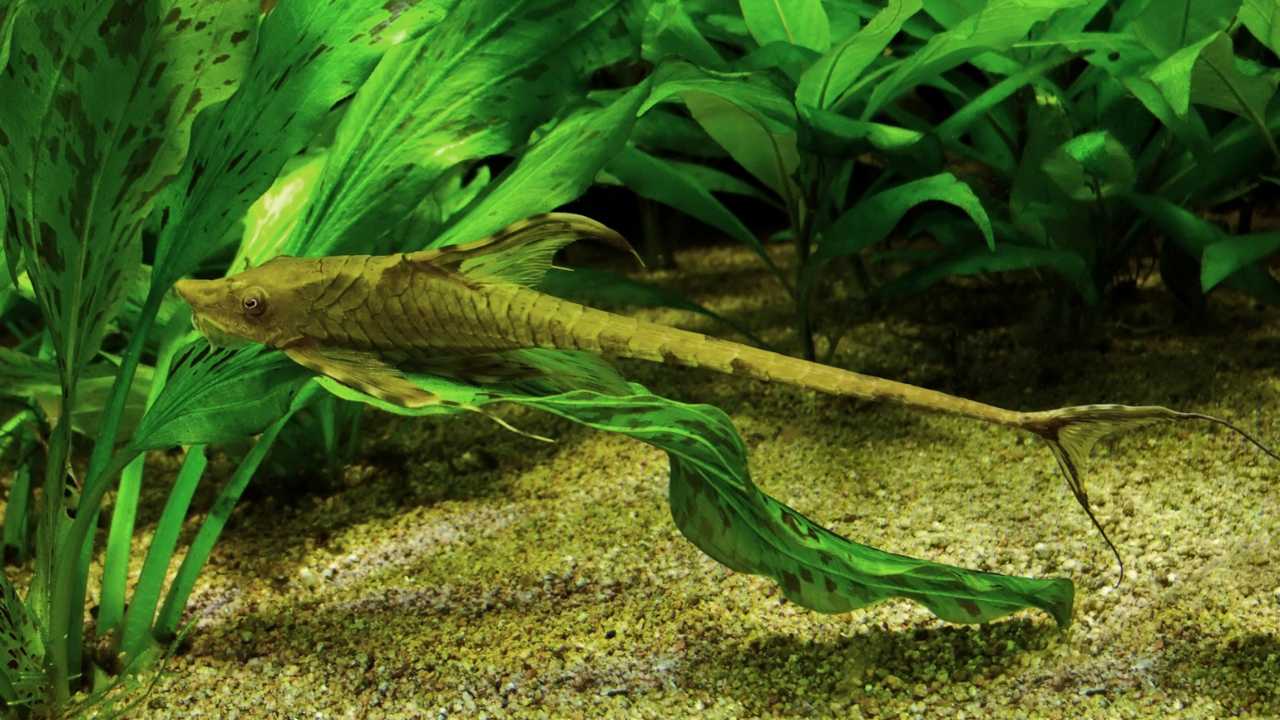
Native to South America, the electric whiptail catfish can generate weak electrical fields for navigation and communication. This fish has a long, whip-like tail and can grow up to 3 feet in length.
Becky is a fervent wildlife enthusiast and pet care expert with a diploma in canine nutrition. Her love for animals stretches beyond the domestic, embracing the wild tapestry of global fauna. With over a decade of experience in animal welfare, Becky lends her expertise to OutlandishOwl through insightful articles, captivating wildlife information, and invaluable guidance on pet nutrition. Her work embodies a deep commitment to understanding the intricate lives of animals and a passion for educating others on sustaining natural habitats. Becky's hands-on conservation efforts and her knack for translating complex dietary science into practical pet feeding tips make her an indispensable voice for creatures great and small.

